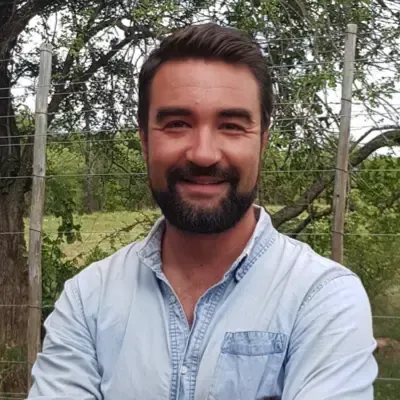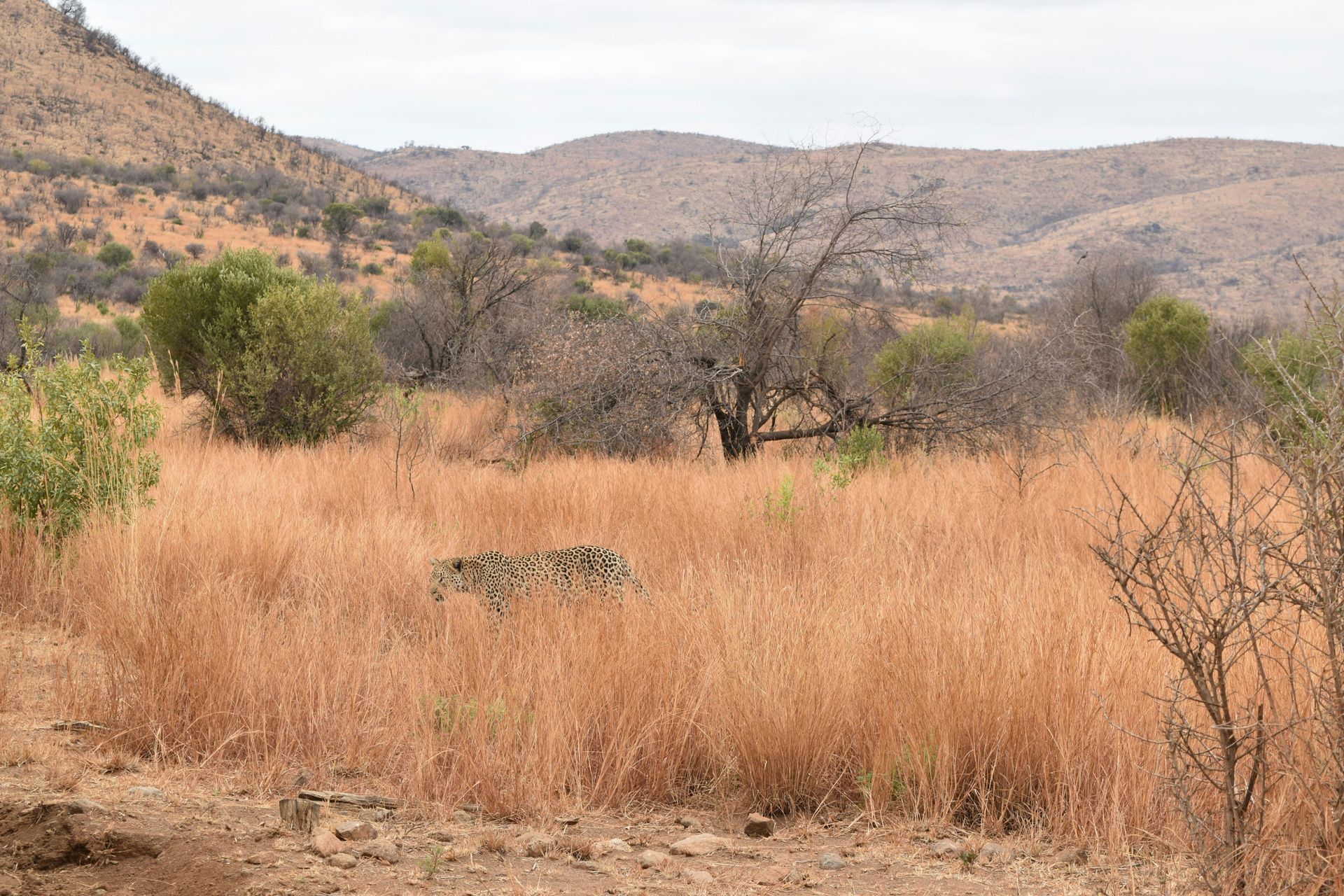ZimParks Leads the Way with 'Baby Shark' Drones in Wildlife Conservation
Zimbabwe Parks and Wildlife Management Authority (ZimParks) has taken a significant step forward in conservation technology by deploying advanced drones to protect the nation's wildlife. These cutting-edge tools, exemplified by the newly acquired "Baby Shark" drone, are revolutionizing how ZimParks monitors and preserves Zimbabwe's rich biodiversity.
Key Takeaways:
- Conservation Technology: ZimParks' deployment of the "Baby Shark" drone marks a significant advancement in using modern tools for wildlife protection.
- Wildlife Conservation: Drones provide real-time data crucial for combatting poaching and safeguarding endangered species.
- Biodiversity Protection: The new technology enhances ZimParks' ability to manage ecosystems and ensure long-term sustainability.
The "Baby Shark" drone, sourced from China, is a state-of-the-art unmanned aerial vehicle (UAV) that boasts a flight duration of four hours and a top speed of 90 kilometres per hour. It offers ZimParks the ability to cover vast areas of land more efficiently than ever before, allowing for real-time surveillance of wildlife populations and critical habitats.
This technological advancement was highlighted during the recent World Ranger Day commemorations in Matobo District, where Environment, Climate, and Wildlife Minister Dr. Sithembiso Nyoni emphasized the importance of modernizing conservation efforts. "This is a clear sign that the Government is shifting from traditional approaches in conservation to modern approaches of using intelligence-led patrols," said Dr. Nyoni.
ZimParks' use of drones is not only helping to combat poaching but also providing vital data on wildlife behaviour and ecosystem health. These UAVs have already proven their worth by enabling rangers to detect potential threats more swiftly and effectively, significantly enhancing conservation outcomes.
Beyond anti-poaching measures, drones like the "Baby Shark" are also instrumental in gathering data on natural resources, such as mapping vegetation patterns and assessing water sources. This comprehensive aerial view equips ZimParks with the information needed to make informed decisions on habitat management and species conservation, contributing to the long-term sustainability of Zimbabwe’s ecological treasures.
As ZimParks continues to integrate such advanced technologies into their conservation strategies, they set a new standard for wildlife management in the region. The organization's proactive approach demonstrates a strong commitment to leveraging cutting-edge technology for the betterment of biodiversity and environmental protection.
Dr. Nyoni reiterated the Government's dedication to fulfilling the United Nations Sustainable Development Goals (SDGs), particularly Goal 15, which focuses on the sustainable management of forests, combating desertification, halting and reversing land degradation, and halting biodiversity loss.
The introduction of the "Baby Shark" drone and other technologies is a testament to ZimParks' forward-thinking approach, ensuring that Zimbabwe remains at the forefront of global wildlife conservation efforts.
Written by Peter Matika, adapted for Zanza Africa

About The Author
Johann brings two decades of expertise in technology seamlessly interwoven with a passion for conservation and development. His career reflects a drive for the confluence of these ideas through projects across the African continent.







